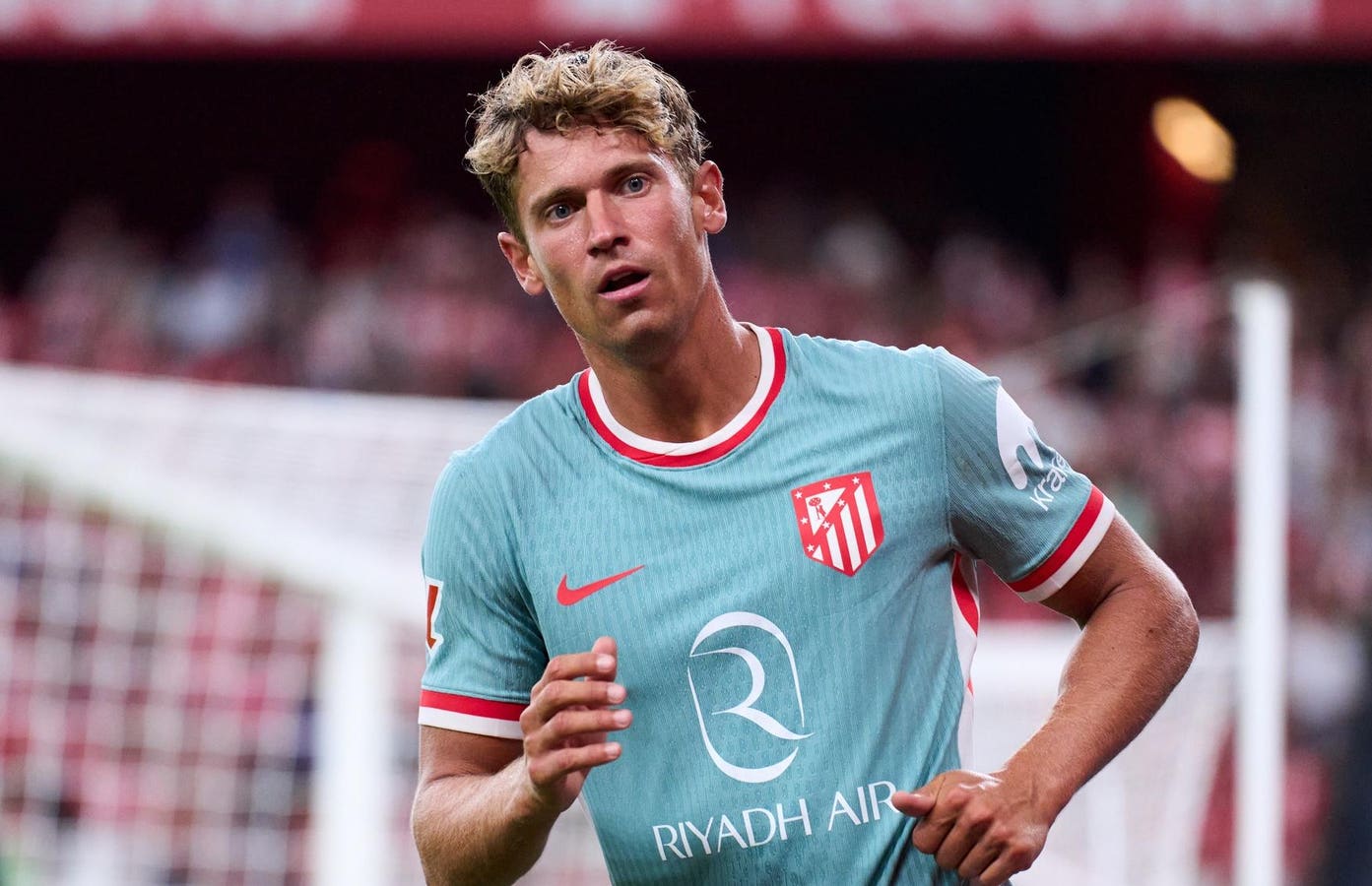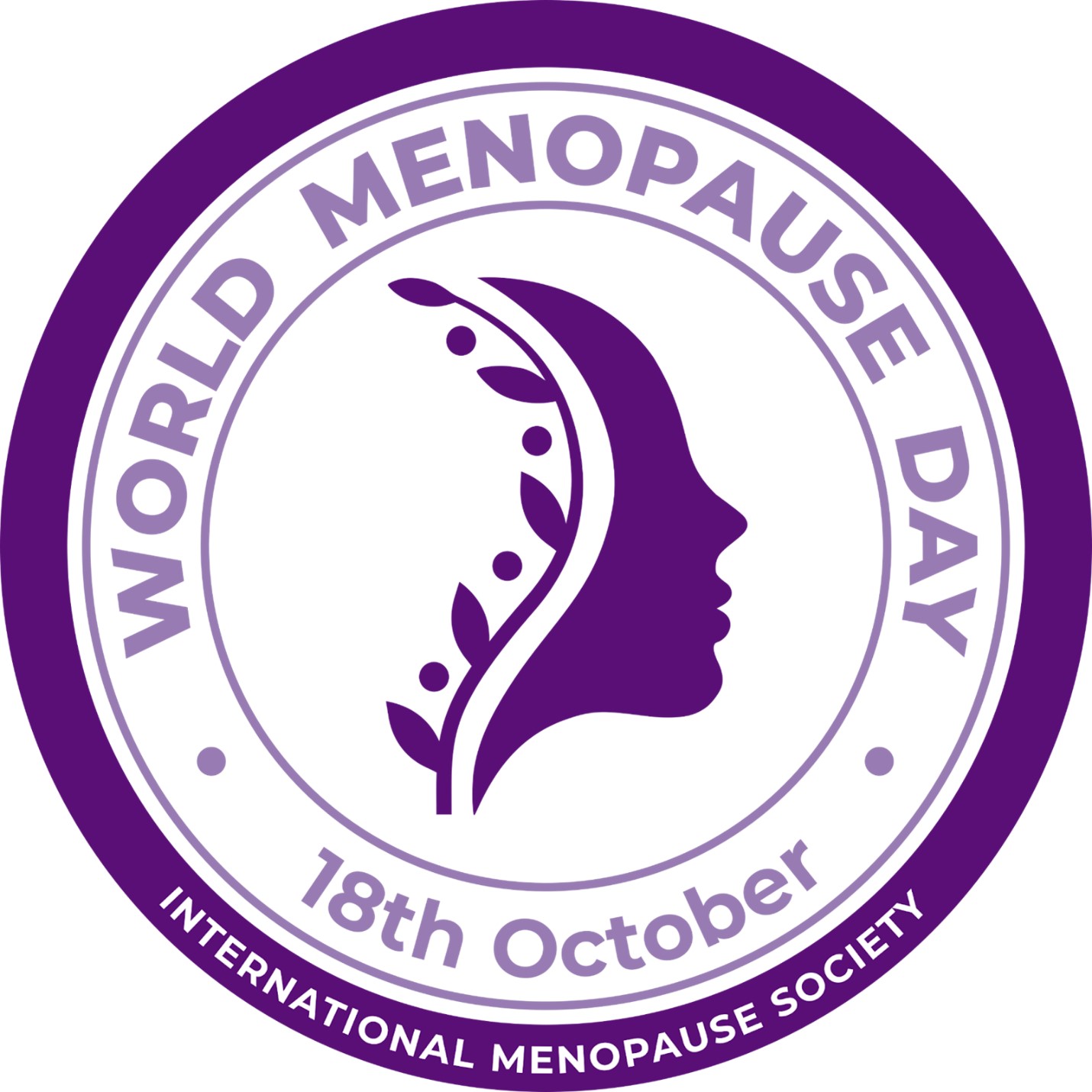Llorente is part of an Atlético side keeping up with Real Madrid and Barcelona in the La Liga title … [+]
Marcos Llorente is known for his physique and athleticism. Even in a sport where being fit and determined is a minimum, the Spaniard hurtling up and down Atlético Madrid’s flank—a habit for over five years—has become a trademark of his game.
The 29-year-old, recently back from a thigh injury, is a natural fit at right-back, right-wing-back, and right-wing in head coach Diego Simeone’s lineup. The animated Argentine has long installed a culture of hard work and sacrifice among his squad. And to become the player he is, Llorente has, of course, needed to keep himself in the right nick each season.
Coming from a soccer family helps. Llorente’s father, Paco, played the same position for Real Madrid and Atlético—the same clubs as Marcos. However, one trait distinguishing the younger Llorente is a demonstration of—what he considers—a healthy lifestyle. For the record, that goes beyond simply eating enough greens and laying down the yoga mat.
Llorente is big on temperature and light’s effect on the body and well-being. As Mundo Deportivo picked up, his latest off-field health-related activity (Spanish) is embracing the cold (zero degrees) with not so much as a t-shirt to keep him warm ahead of Atleti’s 3-1 victory against Slovan Bratislava in the Champions League. Given that some athletes hail from Russia’s East and cryotherapies such as ice bath recovery are common in elite sports, that’s not the eye-opening part.
Llorente had picked up an early season knock but has since returned to the fold.Atlético
Just six months ago, Llorente was the center of a storm following an Instagram post where he showed himself basking in seemingly intense sunshine without suncream or sunglasses on vacation. Replying to criticisms about the health risks, he commented, “If you think skin cancer is caused by the sun, you’re the King of ignorants.” With the widespread medical advice advocating protective measures against UV radiation to ward against this, the view incited considerable backlash.
At this juncture, it feels correct to point out that Llorente has clarified he doesn’t deny the existence of the skin cancer melanoma and that he is “not irresponsible or lacking respect” for those who have suffered it, this after the secretary of state for health Javier Padilla wrote at the time, “Marcos Llorente, soccer player, and melanoma denier. What a time to be alive.”
The idea of a perfect lifestyle, whatever the form, can be all-consuming to some. For Llorente and some influencers, it’s about more than exercise, nutrition, and sleep but circadian rhythms generally in what’s an obsessive pursuit. Off the field, Llorente’s passion has led to becoming one of the co-founders of Aureo Lifestyle, a company selling high-end lamps and bulbs with apparent health benefits in a world where artificial light is all around us.
That may be a worthy endeavor. But a key point arises here. There is a danger in seeing all sporting figures—followed by thousands and sometimes millions of people—as role models, taking inspiration from the more unconventional aspects of their lives when this may prove a bad idea. Indeed, the La Liga speedster’s off-beat practices are a perfect case in point, even if he’s a formidable competitor on the grass.


